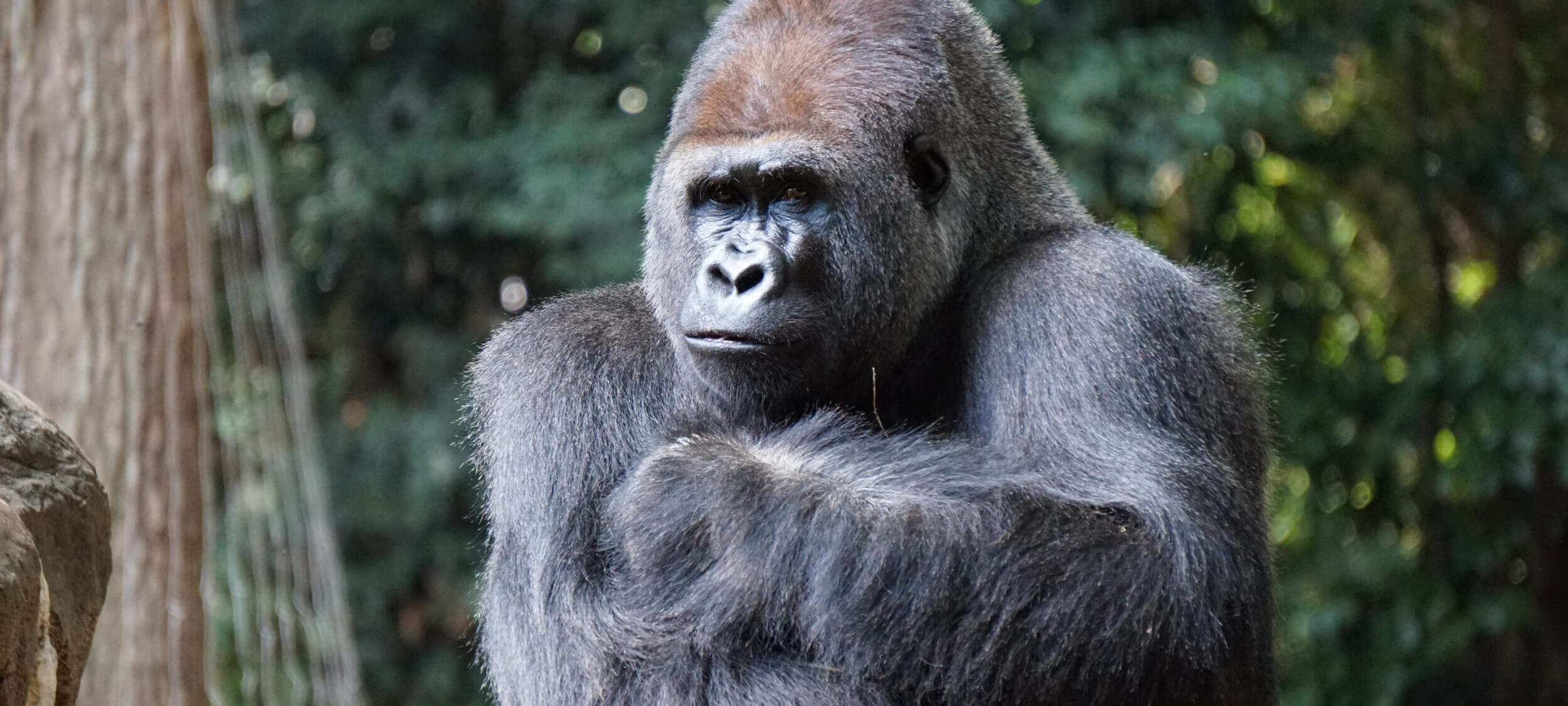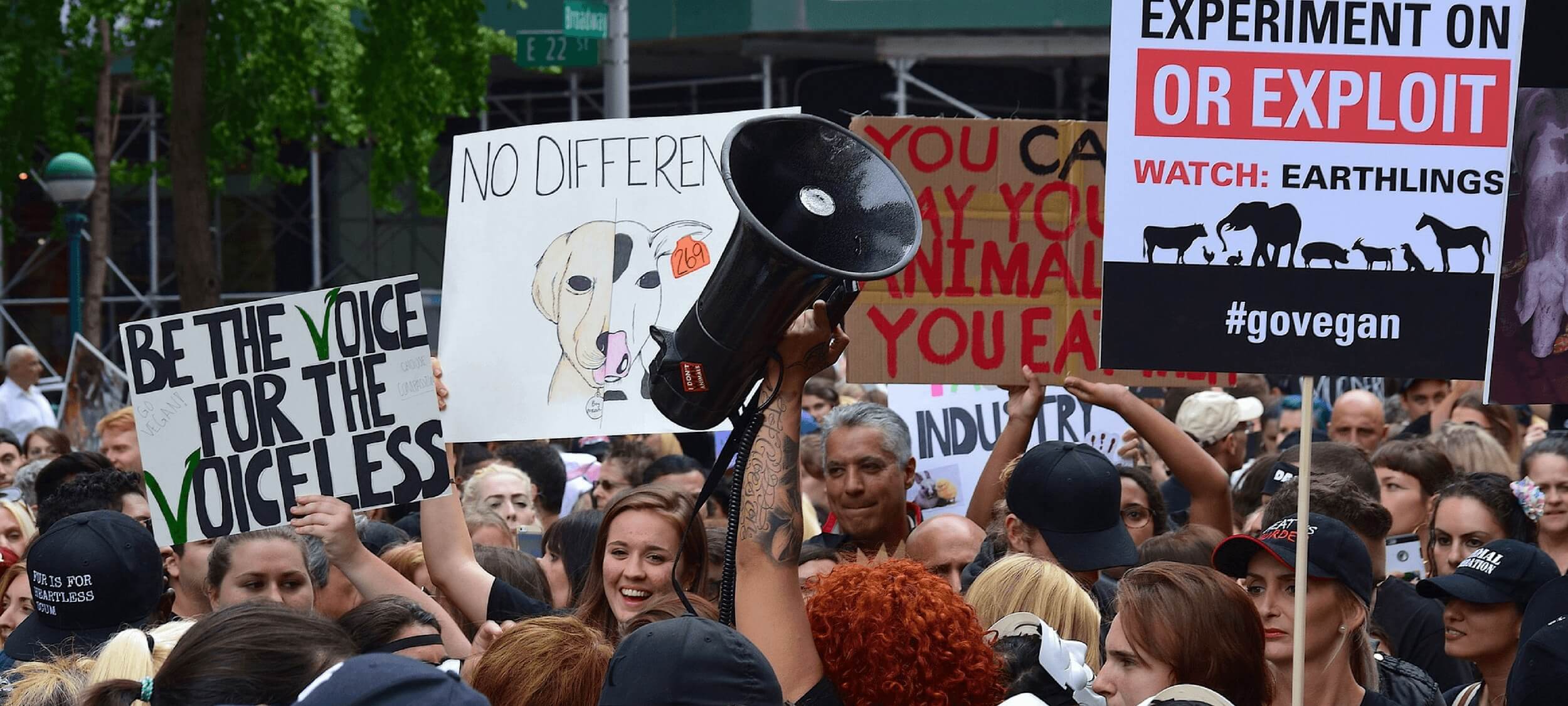Learning risk management from Harambe

Learning risk management from Harambe
Opinion + AnalysisPolitics + Human Rights
BY Gav Schneider The Ethics Centre 2 JUN 2016
Traditional and social media channels were flooded with the story of Harambe, a 17-year-old western lowland silverback gorilla shot dead at Cincinnati Zoo on 28 May 2016 after a four-year-old boy crawled through a barrier and fell into his enclosure.
With the benefit of hindsight, forming an opinion is easy. There are already plenty being thrown around regarding the incident and who was to blame for the tragedy.
The need to kill Harambe is exceptionally depressing: a gorilla lost his life, the zoo lost a real asset, a mother was at risk of losing her child, and staff tasked by the zoo to shoot Harambe faced emotional trauma based on the bond they likely formed with him.
In technical risk management terms, the zoo seems to have been in line with best practice.
Overall, it was a bad state of affairs. Though the case gives rise to a number of ethical issues, one way to consider it is as a risk management issue – where it presents us with some important lessons that might prevent similar circumstances from happening in the future, and ensure they are better managed if they do.
In technical risk management terms, the zoo seems to have been in line with best practice.
According to Cincinnati Zoo’s annual report, 1.5 million visitors visited the park in 2014 to 2015. Included in those numbers are hundreds of parents who visited the zoo with children who didn’t end up in any of the animal enclosures.
According to WLWT-TV, this was the first breach at the zoo since its opening in 1978. There is no doubt the zoo identified this risk and managed it with secure (until now) enclosures. There is also little doubt relevant signage and duty of care reminders would have been placed around the zoo. Staff would assume parents would manage their children and keep them safe. In the eyes of most risk management experts, this would seem to be more than sufficient.
Organisations need to put energy and effort into so called ‘black swan’ events… that are unlikely but have immense consequences if they do occur.
However, as we have seen in several cases (including Cecil the Lion) it does not seem to be the incident itself that brings the massive negative consequences but rather social media, based on the fact that the internet provides a platform for everyone to be judge and jury.
This flags the massive shift required in the way we manage risk. If we look only at the financial losses to the zoo, their decision may seem logical and rational. They were truly put in a no-win position – an immediate tactical decision was required once Harambe began dragging the child around the water.
Imagine if they had decided to tranquillise Harambe and the four-year-old boy had died while they were waiting for the tranquillisers to take effect – what would the impact have been?
The true lesson regarding this issue lies in the need for organisations to put energy and effort into so-called ‘black swan’ events – ones that are unlikely but have immense consequences if they do occur. These events are often overlooked, based only on the fact they are unlikely, leaving organisations unprepared for when they do.
The ethics of what is right and wrong tend to blur when the masses have a platform to pass judgement.
Traditional risk management approaches try to allocate scores to things and then put associated resources to the highest ranking risk issues. In this case, a risk that was deemed managed actually occurred and the result was very negative.
Whether negligent or not, various social media commentators have held the mother accountable. It seems she has been held to account based not on what she did, but for the apparently unapologetic and callous way she responded to the killing of Harambe.
This shows us risk management needs to consider the human element in a way we previously haven’t. The ethics of what is right and wrong tend to blur when the masses have a platform to pass judgement. There are many lessons to be taken from this incident, including the following considerations:
- Risk management and duty of care should be incorporated in a more cohesive manner, focusing on applying a BDA approach (Before, During and After).
- Social media backlash adds a new dimension to the way organisations should make, report and defend their decisions.
- Individuals can no longer purely blame the organisation they believe responsible based on negligence or breach of duty of care. Even if the individual shifts blame onto the organisation entirely, and they are not held to account by the law, they will be held to account by the general public.
- We have entered an era where system- and process-based risk management needs to integrate human and emotive elements to account for emotional responses.
- Lastly – and unrelatedly – the question of why one story attracts massive public outcry and why another doesn’t raises ethical questions regarding the way we consume news, the way the media reports it, and the upsides and downsides of social media.
In short this is another case of how much work we still have to do – especially in the modern internet age – to proactively and ethically manage risk.
Ethics in your inbox.
Get the latest inspiration, intelligence, events & more.
By signing up you agree to our privacy policy
You might be interested in…
Opinion + Analysis
Politics + Human Rights, Relationships, Society + Culture
In the face of such generosity, how can racism still exist?
Opinion + Analysis
Health + Wellbeing, Politics + Human Rights
Disease in a Time of Uncertainty
Opinion + Analysis
Business + Leadership, Politics + Human Rights, Society + Culture
Drawing a line on corruption: Operation eclipse submission
Opinion + Analysis
Health + Wellbeing, Politics + Human Rights, Relationships, Science + Technology
The value of a human life
BY Gav Schneider
Dr Gav Schneider is the CEO of the Risk 2 Solution Group and Head of the Australian Catholic Universities Postgraduate Program in The Psychology of Risk.
BY The Ethics Centre
The Ethics Centre is a not-for-profit organisation developing innovative programs, services and experiences, designed to bring ethics to the centre of professional and personal life.
Why it was wrong to kill Harambe

Why it was wrong to kill Harambe
Opinion + AnalysisClimate + Environment
BY Clive Phillips The Ethics Centre 2 JUN 2016
The killing of Harambe the gorilla at Cincinnati Zoo this week has aroused public sentiment in a way reminiscent of the public outrage caused by the killing of Cecil the lion.
This was not an isolated incident. On at least two previous occasions small children have accidentally fallen into gorilla pens. On both occasions the children were ‘protected’ by a prominent gorilla in the group, one female and one male, incidents which were heralded as examples of cross species animal altruism.
The incidents occurred in 1986 and 1991 in Jersey Zoo and Brookfield Zoo respectively – when rapid response teams would have been unknown. They demonstrate that gorillas are not dangerous animals.
This is further supported by the fact some witnesses’ reports said that Harambe was actually protecting the child and had not demonstrated any malevolence.
Animal behaviour expert, Professor Gisella Kaplan of the University of New England, has confirmed that gorillas are not inherently aggressive and would likely have not wanted to harm the child – a result of their social lifestyle and herbivorous diet.
Nowadays zoos have Dangerous Animal Response Teams, which in the ten minutes since the boy entered the enclosure made the decision to euthanise the gorilla. Members of this team are typically trained by the police to react to a dangerous animal threatening a member of the public.
Zoo animals already sacrifice many rights for the sake of human entertainment, education, conservation, and scientific endeavour.
Their first priority is for the safety of the public, then zoo staff. Only after these are assured is the animal’s wellbeing considered. As evidence of such a policy, Thayne Maynard, Director of Cincinnati Zoo, expressed public regret for the loss of Harambe as a future breeding male, a loss of genetic diversity, without any consideration for Harambe’s rights.
Zoos should have a policy based on an ethical appraisal of potential incidents based on higher level principles. These would include utilitarian, deontological, and virtue ethics principles.
From a utilitarian perspective, the harm caused by shooting Harambe, to him, his family, human witnesses, and the public generally, may have outweighed the small risk to the child. Harambe’s family will mourn his loss and may even have been traumatised by the event.
Deontologists would argue taking Harambe’s life would never be justified by the small risk to the child – the shooting constitutes a supreme example of a speciesist approach.
Insights from virtue ethics show how this incident has damaged the zoo’s reputation. Public outcry has accused the zoo of having little regard for the rights of its animal occupants – although the safeguarding of the child’s life may be welcomed by some future visitors. Is this the action we would expect of a ‘good’ zoo?
Instead, the zoo seems to have acted from self-interest, afraid of potential litigation should the child be harmed. From a commercial angle a seventeen year old gorilla is worth $100,000 to $200,000; a child’s life many millions. However, the zoo is likely to experience reduced visitor numbers for a prolonged period, as well as being responsible for damage to the reputation of American zoos more generally.
The zoo may also be liable for placing visitors in a dangerous situation, something not unheard of in zoos around the world. Owners of swimming pools in Australia could teach the zoos a lot about preventing small children entering facilities, with detailed regulations and strict monitoring minimising any risk to children.
Some zoos may have deliberately sacrificed safety for an enhanced visitor experience, with limited barriers between the public and apparently dangerous animals.
Harambe’s killing may yet prompt a renewed movement to provide legal recognition of the rights of great apes.
Zoo animals already sacrifice many rights for the sake of human entertainment, education, conservation and scientific endeavour. Our ‘contract’ with zoo animals, where we provide nutrition, good health, and companionship in return for the animals sacrificing their freedom, right to live, and reproduce naturally in a state of good welfare, stack the terms heavily in our favour.
Indeed, killing a defenceless animal that had not shown any aggression is tantamount to tearing up that contract.
The ethical dilemma over whether to shoot Harambe might have been avoided if a movement known as The Great Ape Project had succeeded. For over twenty years a group of philosophers, primatologists, and anthropologists have attempted to gain great apes, including gorillas, rights through the United Nations that would include the right to life.
The movement is based on overwhelming evidence for self-consciousness and other higher level cognitive abilities in great apes, which are undoubtedly greater than in some disabled humans who are adequately protected in law.
Although this has gained support in some minority states, it has yet to gain widespread acceptance, primarily because of determined opposition from scientists who reserve the right to use chimpanzees – another great ape – for medical research. Harambe’s killing may yet prompt a renewed movement to provide legal recognition of the rights of great apes.
Just like Cecil the lion, the killers of Harambe are being judged in the arena of social media. The pattern of argument there suggests members of the public would have preferred that the zoo accept some risk to the child before taking the extreme action of killing a harmless gorilla.
Ethics in your inbox.
Get the latest inspiration, intelligence, events & more.
By signing up you agree to our privacy policy
You might be interested in…
Opinion + Analysis
Climate + Environment, Politics + Human Rights
Australia, it’s time to curb immigration
Opinion + Analysis
Climate + Environment, Health + Wellbeing
Gen Z and eco-existentialism: A cigarette at the end of the world
Opinion + Analysis
Business + Leadership, Climate + Environment
The business who cried ‘woke’: The ethics of corporate moral grandstanding
Opinion + Analysis
Climate + Environment, Health + Wellbeing








